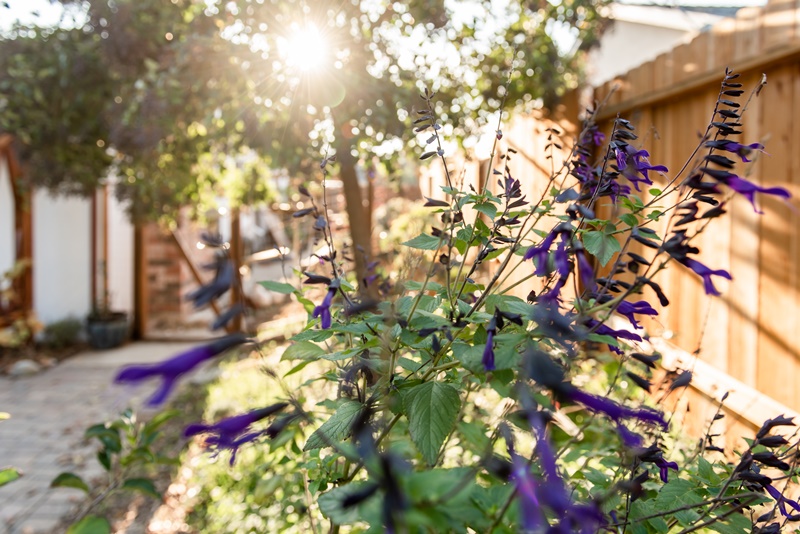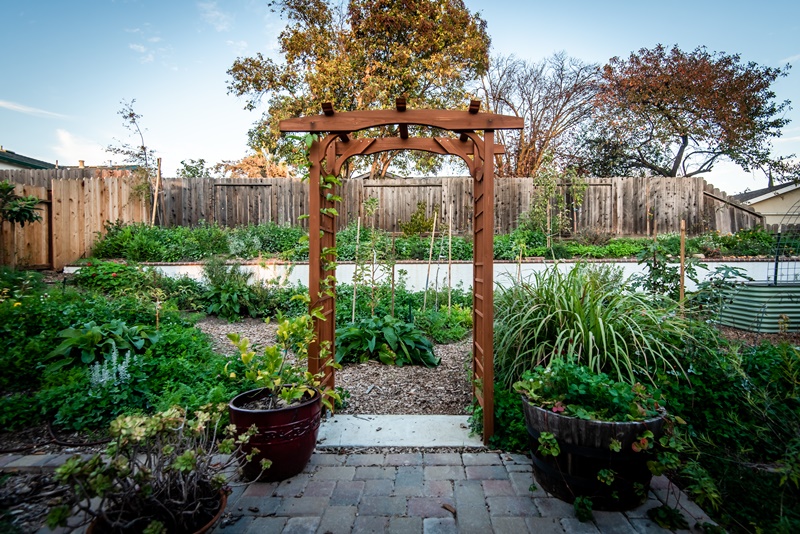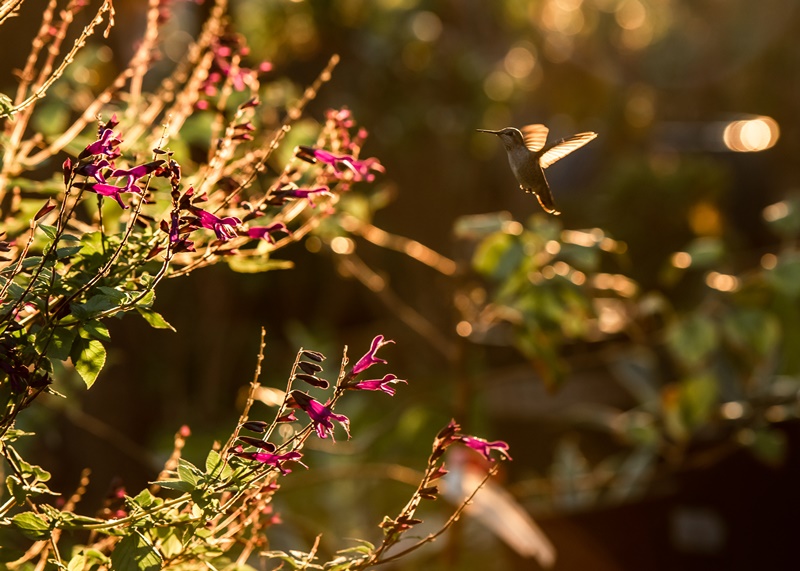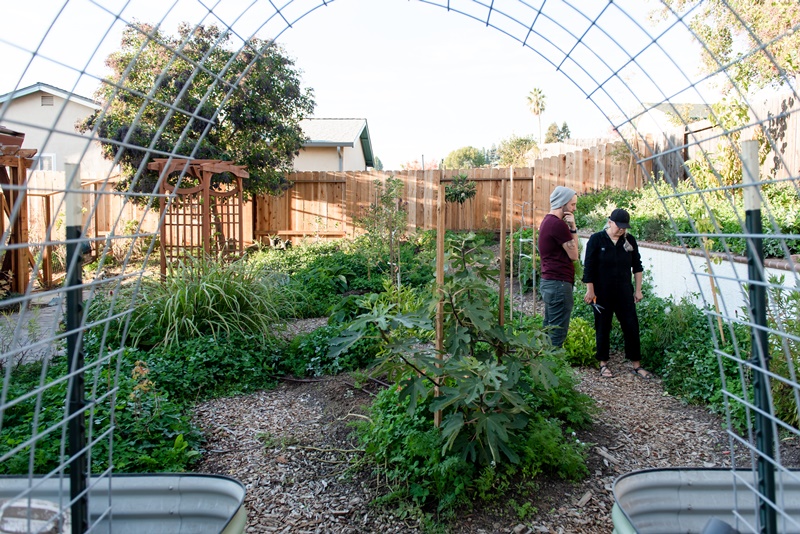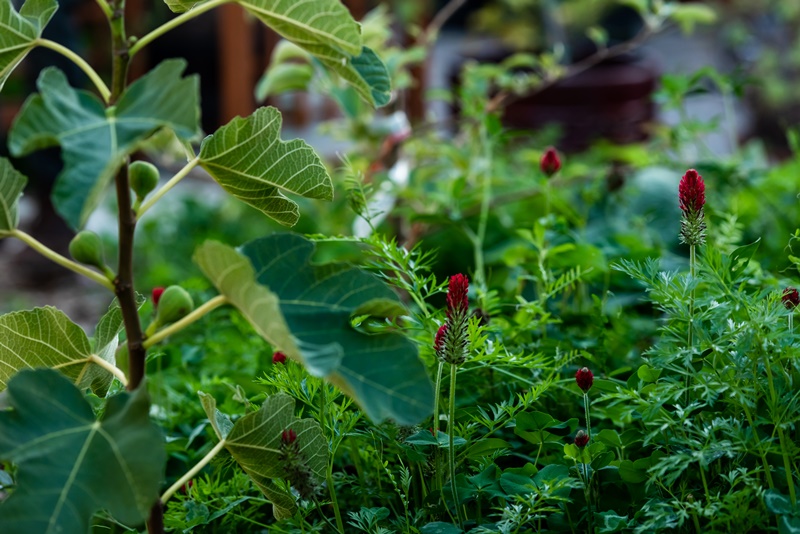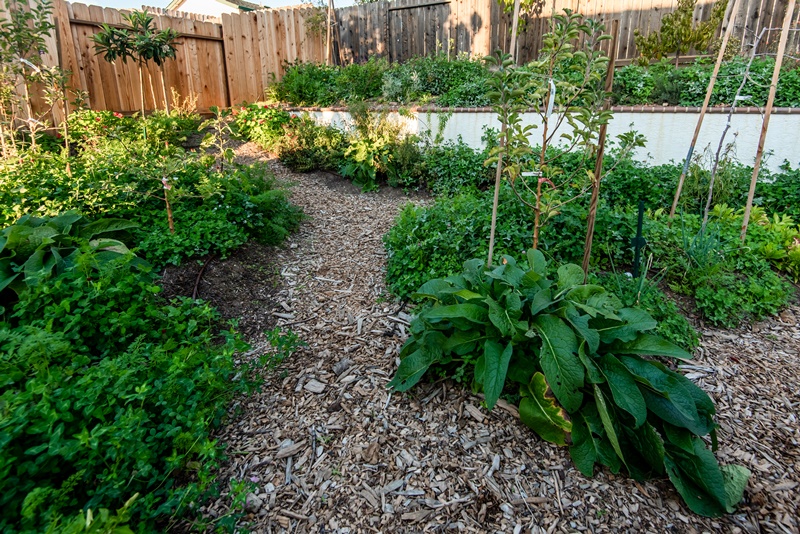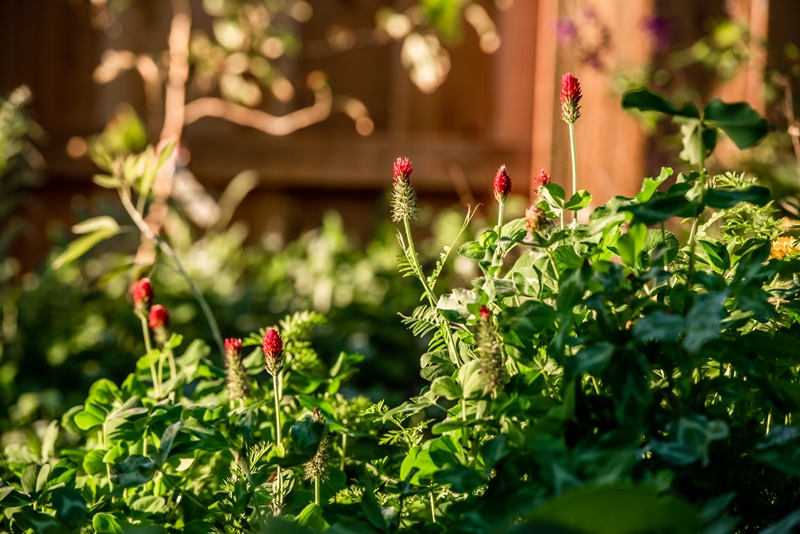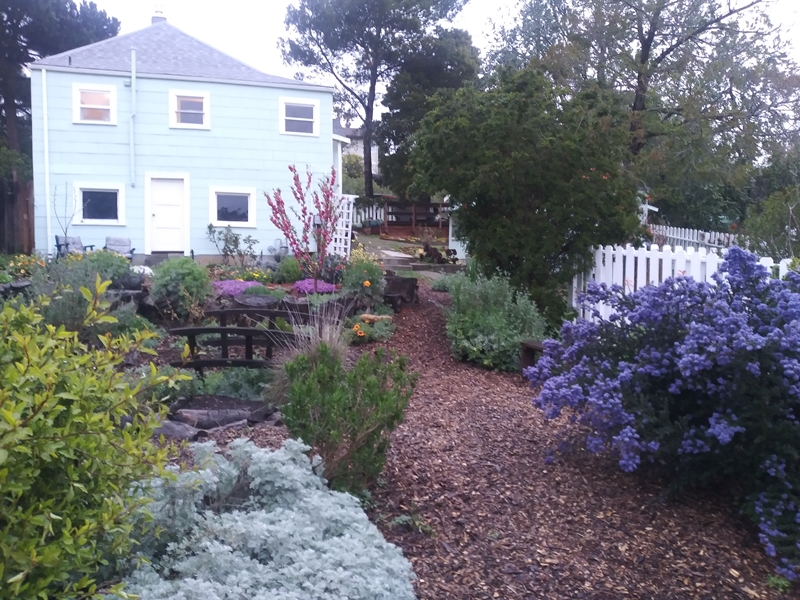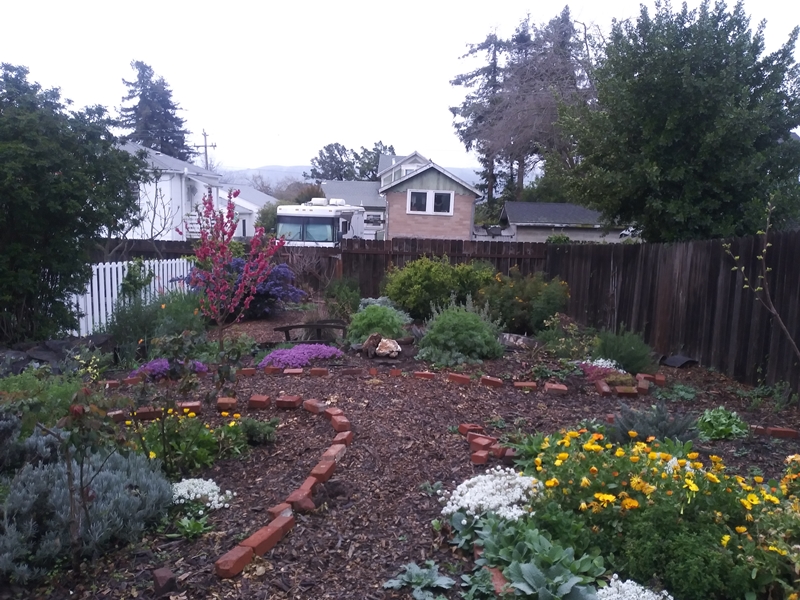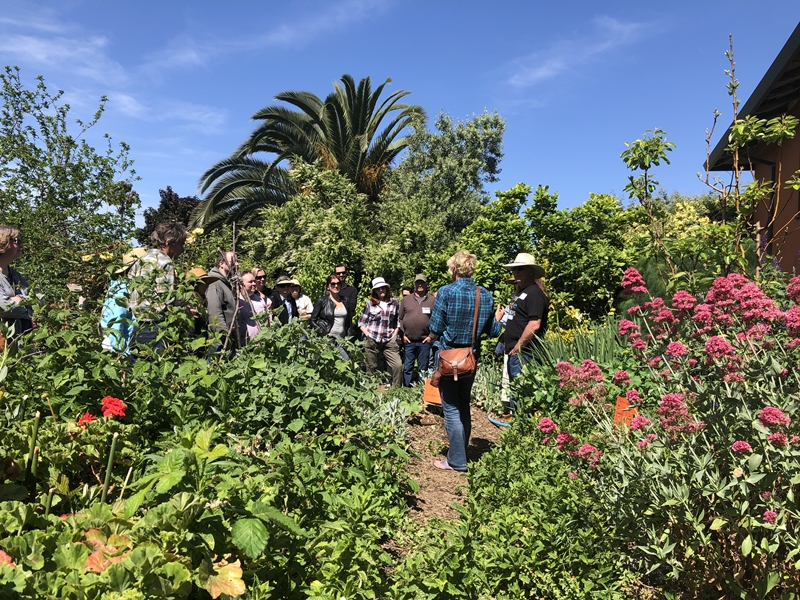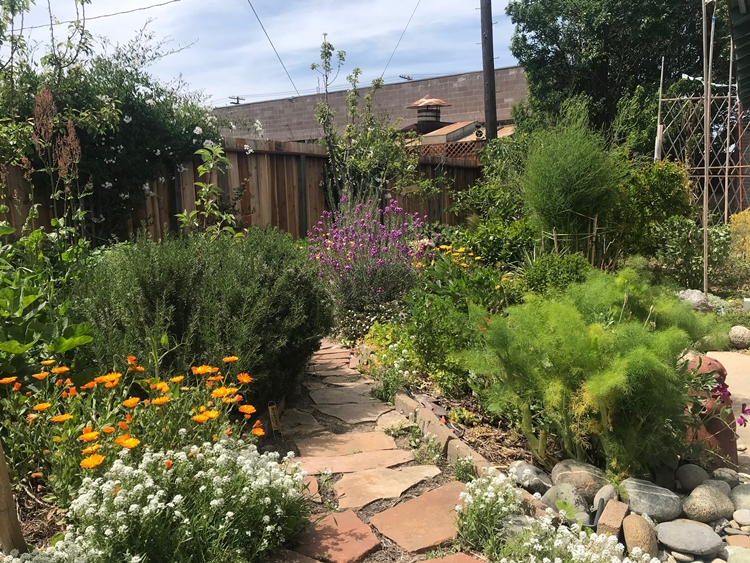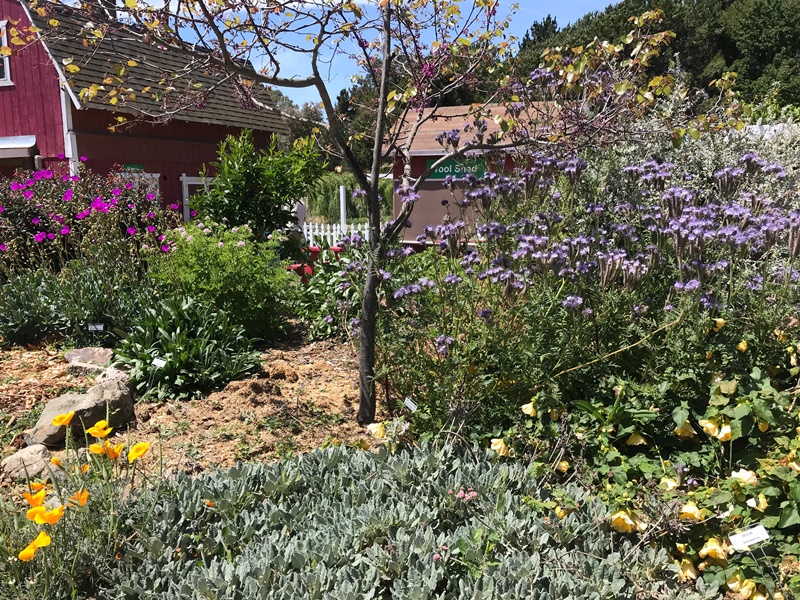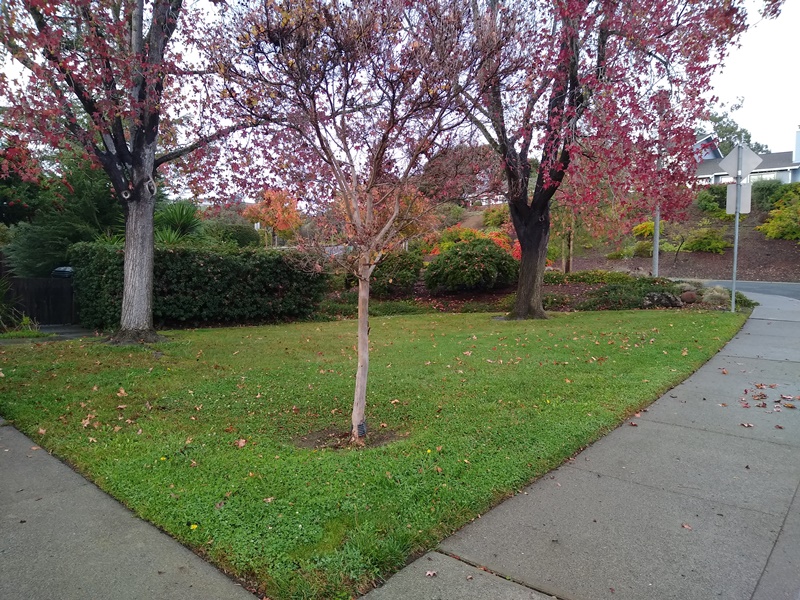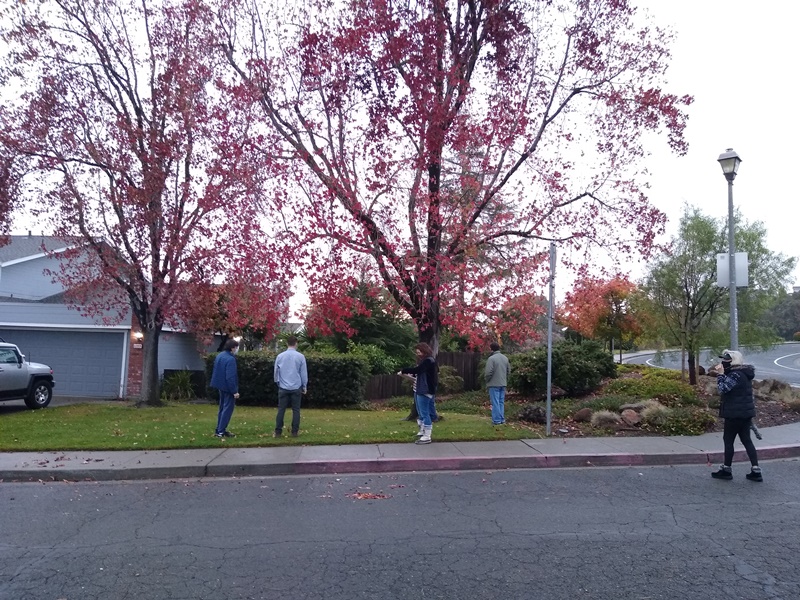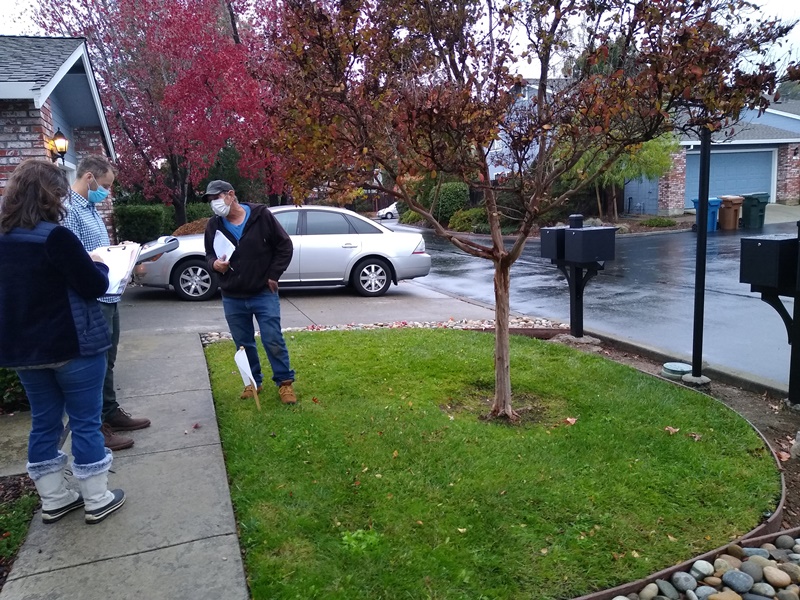Why Hampton Bay HOA Decided on Sustainable Landscaping
By Rick Theisen, Hampton Bay HOA Board Member / Treasurer
We’ve worked closely with Rick and the Hampton Bay landscape committee in a partnership to demonstrate how a waterwise, beautiful native garden could replace water-hungry lawns in HOA common areas. Here, Rick offers some insight on that partnership and the first pilot project.
Prior to the 2016-2017 rainy season, the wettest on record, most of the state was experiencing increasingly worsening drought conditions. At one point, people were doing the odd and even dance to conserve water. Remember that? But, after the 2016-17 rainfall, most thought that we were out of the woods. Virtually the entire state was transformed. No more drought, said some! Reservoirs were refilled to capacity. A harbinger of good things to come!?
A couple of us that had been on the board of the Hampton Bay association, at that time for more than 15 years and intimately familiar with the finances, weren’t so sure about the optimistic prospects. There were other factors in play for our community that were compelling us to think otherwise. Common area landscaping was relatively vast with large swaths of grass that required a great deal of water. The plants and shrubs were aging and outdated — most installed at the community’s inception 40 years ago. Most of the irrigation was the original equipment — inefficient and high maintenance spray heads in the plant and shrub perimeter areas, as well. And, to exacerbate matters, the city was steadily increasing the water and sewer rates. So, we were having to increase association dues more than desired due to the rising costs of water and related landscape maintenance.
We knew we couldn’t sustain the path we were on and were also a bit cynical of the drought prospects, suspecting that the overabundance of rain in the 2016-17 season was a teaser by mother nature. In retrospect it was, of course, a fluke year in a worsening 20-year, some say 100-year, drought.
So, we began a campaign advocating to the other homeowners (100 units) for a complete transformation of the common area landscape and irrigation in an effort to mitigate increasing water usage costs and thereby curtailing future dues hikes. It was a challenge at first because the word “drought” was no longer front and center in the media. However, over the next one to two years as talks of the drought resurfaced, the reality we were trying to convey — steadily increasing water/sewer rates, increasing landscape and irrigation maintenance costs and, of course, dues increases — started to bear fruit. Slowly homeowners began to jump on board.
We developed a three-phase implementation strategy over a two- to three-year period that would allow us to stagger the costs. One of the members of the landscape committee, which we had formed specifically for this broader transformation project, had prior experience with a nonprofit whose mission was to assist the residents and merchants of Solano County to conserve water by adopting sustainable landscaping methods. Prior to the beginning of Phase III (the conversion of the larger areas of grass) we met with Sustainable Solano (SuSol) and immediately realized the benefits of sustainable landscaping. We were hooked.
We designated a large grassy area as a pilot so that we may learn to adapt the sustainable methods to our unique environment. Michael Wedgley, the SuSol designer and soil enrichment consultant, proposed a design consisting of a variety of true California native plants, water catchment basins (swales), a basic pipe system to divert the nearby roof’s runoff to the swales and wood mulch to help retain moisture. The long-time and trusted gardener for our association implemented the design including a very efficient drip system to help the plants take root, of course.
Keep in mind that we were doing this during the pandemic and experienced several delays due to lockdowns, supply shortages, crew shortages and illness. It took longer than expected, but the end result began to garner approval from homeowners. We observed that the native plants were taking root almost immediately and within a few short weeks had noticeably grown.
In this large pilot area, with the new drip system combined with the moisture-containing properties of mulch, we calculated a water savings between 70 to 90%. Because we installed true California native plants, the theory is that within one to two years we’ll be able to turn off the drip irrigation and save 100%. It will definitely pay for itself over the long term. We’re looking forward to converting the remaining large grassy areas in our community.
You can learn more about the partnership with Hampton Bay HOA here, including information about building healthy soil and garden designs.
Learn more about this pilot project here, including details on plants used, rainwater capture and water savings.

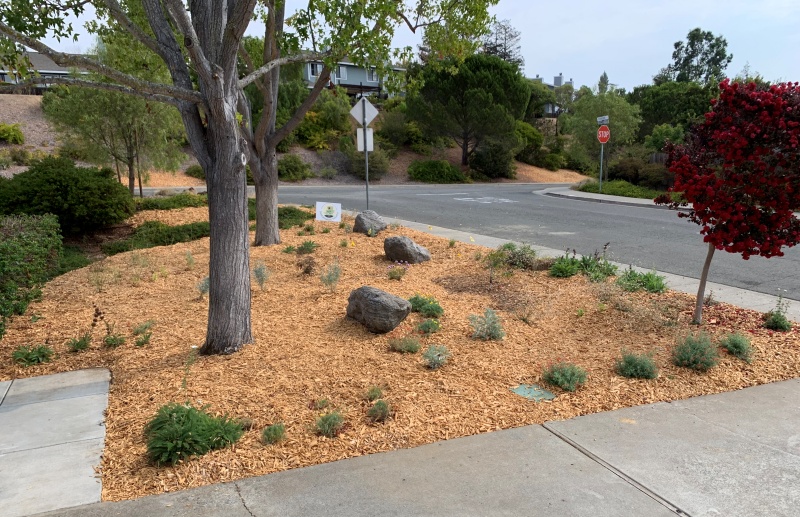

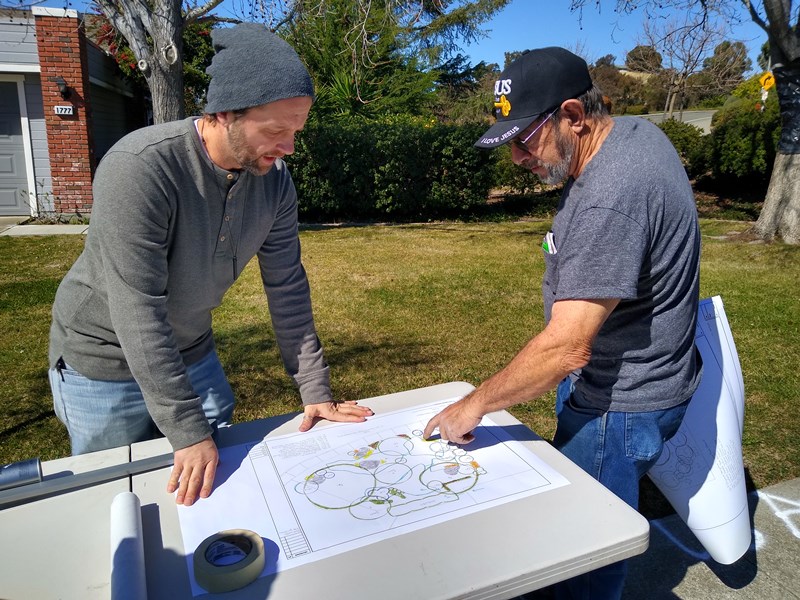

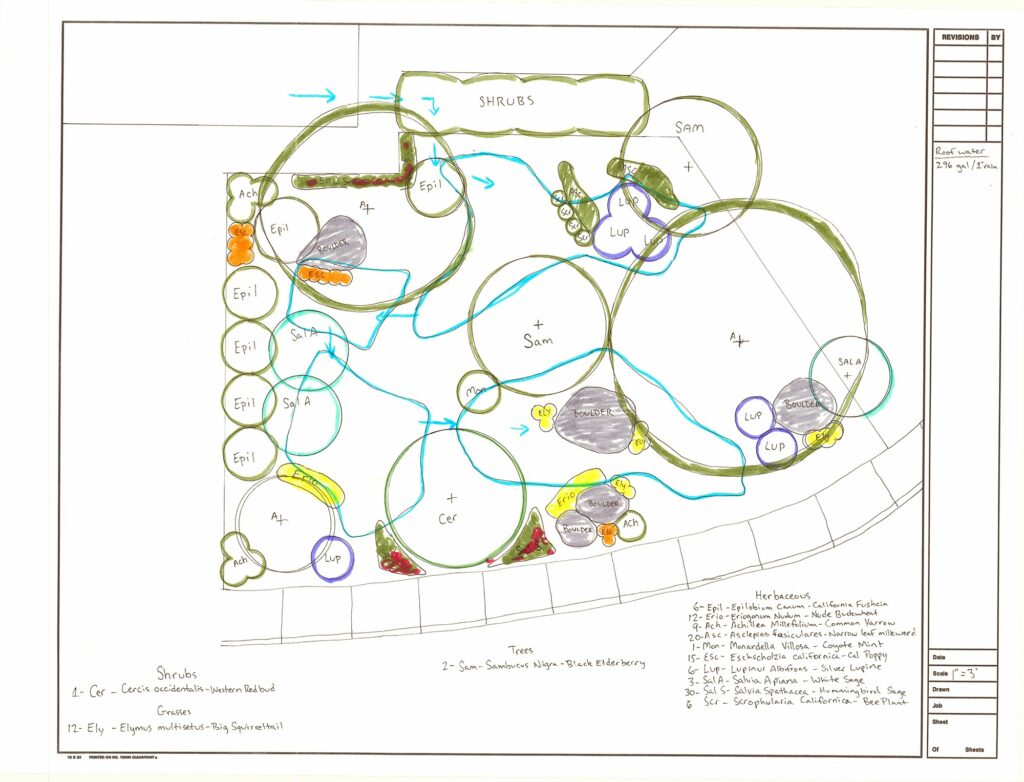
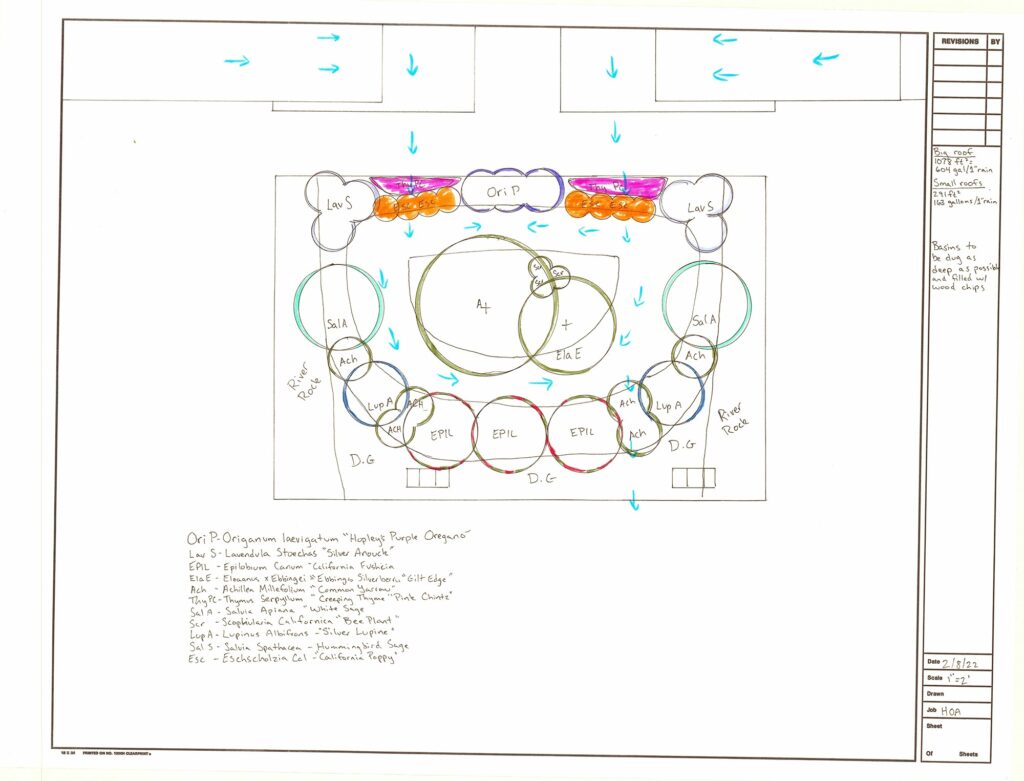
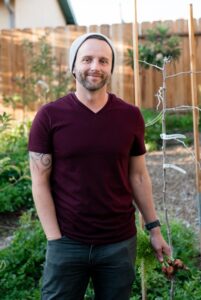 Michael Wedgley is creating the designs for both of the pilot sites at Hampton Bay HOA, and will be working with the HOA’s landscaping company to coordinate the installation of the designs. Michael will also build the soil biology of the sites to create healthier, more lush environments in which the plants can thrive.
Michael Wedgley is creating the designs for both of the pilot sites at Hampton Bay HOA, and will be working with the HOA’s landscaping company to coordinate the installation of the designs. Michael will also build the soil biology of the sites to create healthier, more lush environments in which the plants can thrive.